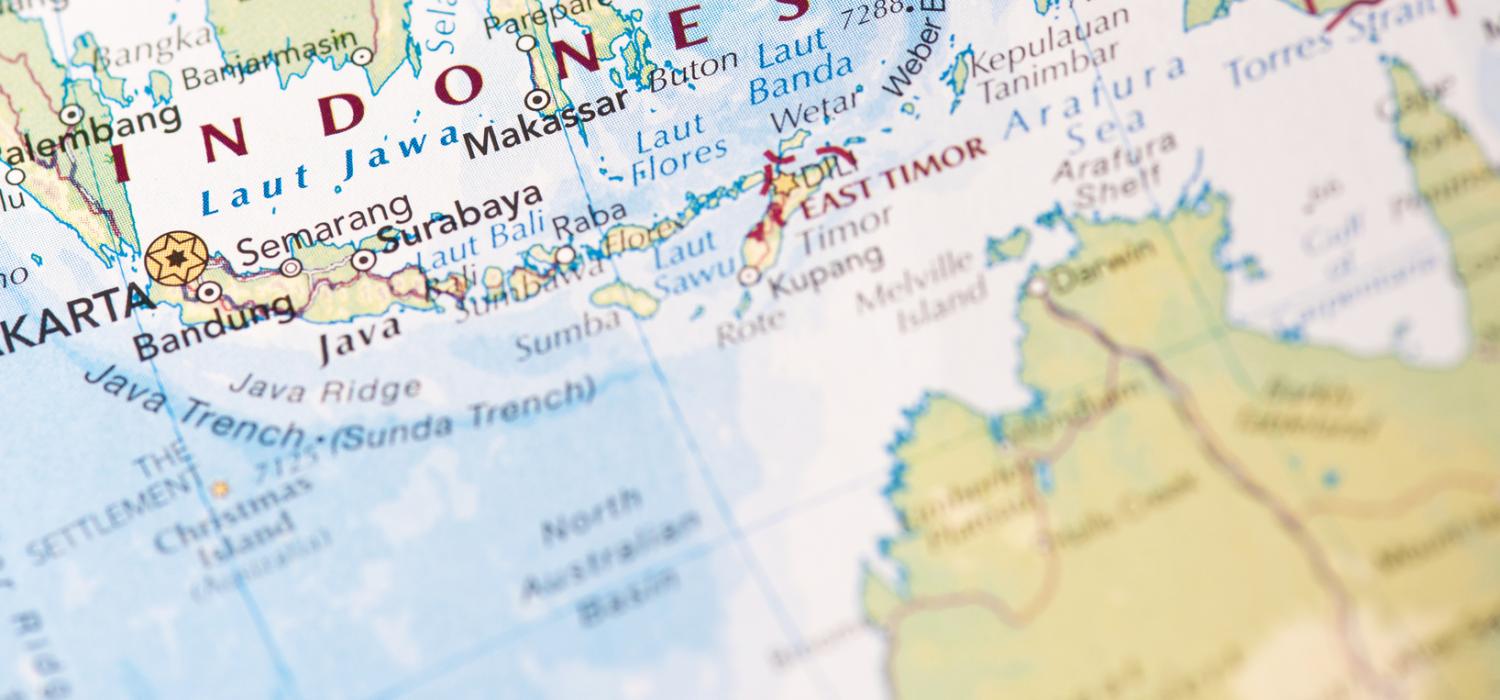John Carlson says Australia approached maritime boundary negotiations with Indonesia in 1972 by arguing the Timor Trough was the meeting point of two geologically distinct continental shelves at a subduction zone. But the trough does not constitute two separate shelves any more than a rumpled carpet constitutes two carpets.
Carlson rejects Kim McGrath’s claim that Australian maritime boundary negotiators in the 1970s buried a report containing contrary expert advice, in which the authors suggest defining the dual “shelves” on the basis of morphology, or shape, because they could not be separated geologically.
Several aspects of the report indicate that the Australian Government knew its position to be unfounded. The report mentions “thrusting of the Timor sequence up and to the south over much the same sequence that floors the Sahul Shelf”. An early version of this correlation across the Timor Trough was already published and available by 1969.
What this means in simple terms is that the report authors knew in 1970 that the same rocks were present on both sides of the trough. In fact, the weight of geological opinion has long held that the Timor Trough is a buckle in Australia’s continental shelf that formed as Australian rocks of the Sahul Shelf were folded and thrust back over the undeformed Australian equivalents. (In other words, the crumpled rug.)
The authors of the 1970 report also knew that the Timor Trough was not the trace of a subduction zone. They refer to work subsequently published in 1976 when they say that gravity lows are offset northward from the trough, a characteristic that is not consistent with a subduction zone. A 1978 publication based on work in the late 1960s and early 1970s remarked on the absence of discrete structural expression of a subduction zone within the trough.
Earthquake records in the subducting plate, which illuminate the shapes of subduction zones, also show that earthquake activity in the Timor slab does not extend to the surface. This tells us that subduction has ended there and the slab has probably broken off.
All this demonstrates that the “Timor Trough” is not the “Timor subduction zone”. A subduction zone used to exist, but its relict trace can be found where contiguous Asian rocks rest atop Australian rocks along the north coast of Timor. Ultimately, the report correctly concludes that there is “no evidence to suggest that there is any continental margin between the Sahul Shelf and Timor”.
That key finding was buried.

